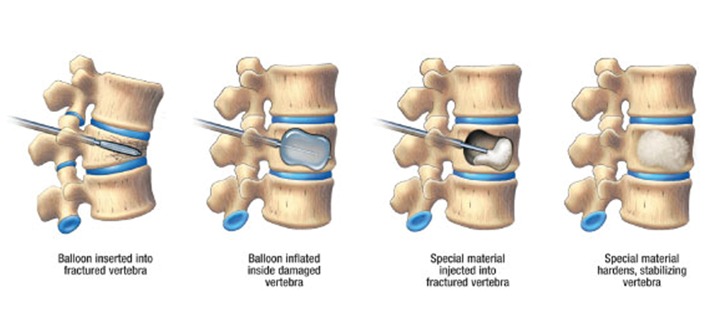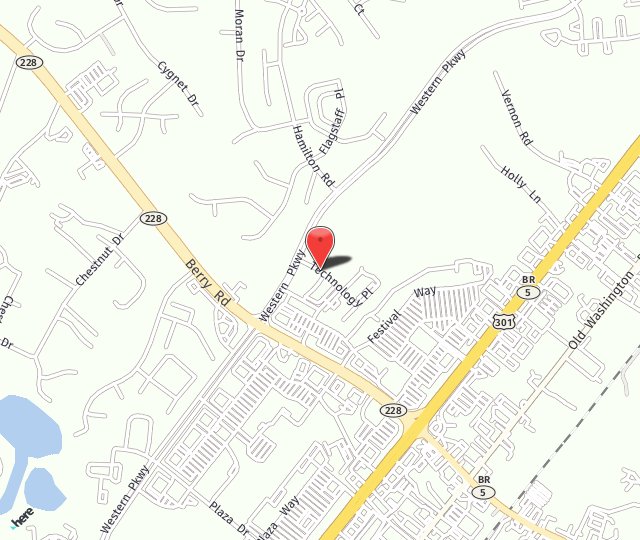As physicians specializing in minimally invasive techniques, our Interventional Radiologists encounter patients with a broad range of medical conditions including cancer, liver disease, musculoskeletal disease and vascular disease. These patients are often living with pain and reduced quality of life.
At the Metropolitan Vascular Institute, we are often able to treat the underlying condition and ready to provide palliative treatments to these patients when needed.
Steroid Injections
Cortisone shots are injections that may help relieve pain and inflammation in a specific area of your body. Cortisone shots are most commonly given into joints — such as your ankle, elbow, hip, knee, shoulder, spine and wrist. Even the small joints in your hands and feet may benefit from cortisone shots.
Cortisone shots usually include a corticosteroid medication and a local anesthetic. In many cases, cortisone shots can be administered in your doctor’s office. However, the number of cortisone shots you can receive in one year generally is limited because of potential side effects from the medication.
What Do I Need to Avoid after Receiving a Cortisone Injection?
It's important for your cortisone injection to have time to permeate the localized area of pain to accomplish the goal of reducing your pain. After your treatment, there may be a few do's and dont's. These include:
- DO apply ice to the injection site to relieve soreness or tenderness.
- DON'T lift heavy objects if doing so might strain the injection site.
- DON'T walk or stand for prolonged periods if you've received a cortisone shot in a lower extremity.
- DON'T apply heat to the treated area. This includes sauna and hot tub use, a hot shower, and also heating pads.
- DO observe the treated area for 48 hours for signs of infection, such as swelling, redness, and pain.
How Long Will it Take for My Cortisone Injection to Work?
It may take as long as one to two weeks for the effects of your cortisone injection to noticeably improve comfort. In the first few days after your shot, it's possible that inflammation and pain may increase. This should be a short-term side effect that gradually subsides, paving the way to more pain-free days. If you notice that your pain worsens to some degree after receiving a cortisone shot, do what you can to stop and rest until the side effect resolves.
Kyphoplasty/Vertebroplasty
Kyphoplasty and vertebroplasty are used to treat painful vertebral compression fractures in the spinal column, to stabilize the bone, and to restore some or all of the lost vertebral body height due to the fracture. Such fractures are a common result of osteoporosis and can be secondary to injury, or a tumor.
During a vertebroplasty/kyphoplasty procedure, a small incision is made in the back through which the doctor places a narrow tube using imaging guidance ensuring the correct position. The tube creates a path through the back into the fractured area through the pedicle of the involved vertebrae. Your doctor may inject a cement-like material called polymethylmethacrylate (PMMA) into the fractured bone (vertebroplasty) or insert a balloon into the fractured bone to create a space and then fill it with cement (kyphoplasty). This pasty material hardens quickly, stabilizing the bone. Following vertebroplasty, about 75 percent of patients regain lost mobility and become more active.

Am I a Candidate for Kyphoplasty?
Kyphoplasty is a minimally-invasive procedure in which one or more vertebra is repaired. The minimally invasive procedure involves the insertion of a special medical cement into the bone that serves as a building block to your spine. To determine whether kyphoplasty is right for you, your doctor will consider the following:
- The cause of your pain. Back pain is a common complaint, but there are many reasons it may occur. One is a compression fracture of the spine. What this really describes is a fracture within one or more vertebrae, the bones that make up your spinal column. Kyphoplasty can be an optimal, conservative procedure to restore optimal space and structural integrity.
- Your overall risk. Kyphoplasty can minimize back pain caused by fractures but also relies on your overall health to improve comfort. Your doctor may perform tests to determine if you have osteoporosis. If you do, the severity of that condition that affects the porosity of your bones may reduce the effectiveness of the kyphoplasty procedure.
- Your age and gender. Studies have confirmed that women are much more likely to develop osteoporosis as they age. This has to do with the rapid decline of estrogen during and after menopause. According to statistics, nearly one-quarter of post-menopausal women experience spinal compression fractures at some point. Kyphoplasty can be an effective form of treatment for early injuries.
- Response to previous treatment. Regardless of the cause of vertebral compression fracture, if more conservative treatment has failed, you may be a good candidate for kyphoplasty. The most conservative remedies include rest, hot and cold therapy, pain or anti-inflammatory medication, and bracing. If these therapies do not improve your comfort level, your doctor may explore the benefits of kyphoplasty treatment.
Nerve Root Block
A nerve root block is an injection into the sheath surrounding a nerve root in the spine to decrease your pain temporarily and to identify where the pain is coming from precisely. The exam uses therapeutic steroid and local anesthetic (numbing medication) to decrease pain and inflammation. Pain relief from the procedure varies from minimal to long-term, depending on the specific symptoms.
Neurolysis
Within the body, there are nerve fibers that arise from the spinal cord that help regulate blood pressure and heart rate, along with a variety of other functions. These nerve fibers are called sympathetic nerve fibers and they form a part of the autonomic nervous system. Some of these sympathetic nerve fibers lie around the lumbar spine and are involved in regulating the functions of the blood vessels in the lower part of the body, along with other organs such as the bladder. A lumbar sympathetic block is where the function of these nerves is completely blocked off using a local anesthetic agent. This is called neurolysis.
A lumbar sympathetic block is performed in a variety of clinical conditions that cause pain, swelling, and alteration in the normal physiology of the lower extremities. Some conditions include peripheral vascular disease, reflex sympathetic dystrophy or complex regional pain syndrome, herpes zoster of the legs, phantom pain following limb amputation, and even pain due to cancer.
Testimonials:
"This was my first visit and I have to say it was great, everyone was super nice and explained everything that was going to happen during my visit. the best experience I've had in a long time visiting a doctor's office."
"My experience with MVI has been a wonderful experience I have the pleasure of being the patient of Dr. Wu and Dr Gupta and their staff. They have been nothing short of a miracle. Their attentiveness and care for the patient is felt when you first meet them and I love it and the choice I made. Thank you and keep up the great work."
Schedule Your Consultation Today!
Interested in learning more about our bone and joint health services? Call (301) 374-8540 to schedule your consultation with our providers today! Serving Waldorf, MD & all nearby areas.

